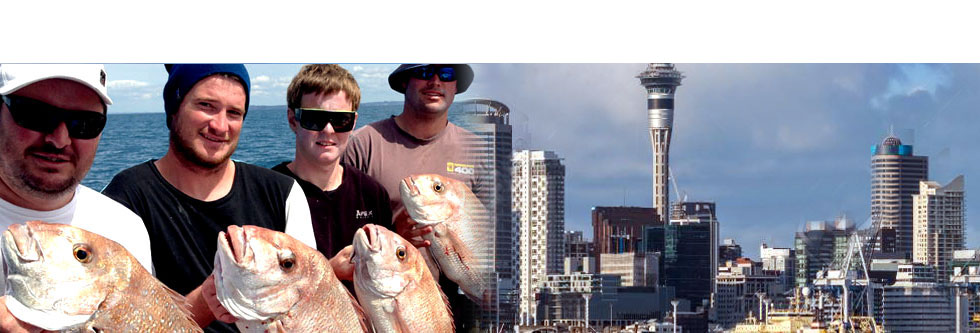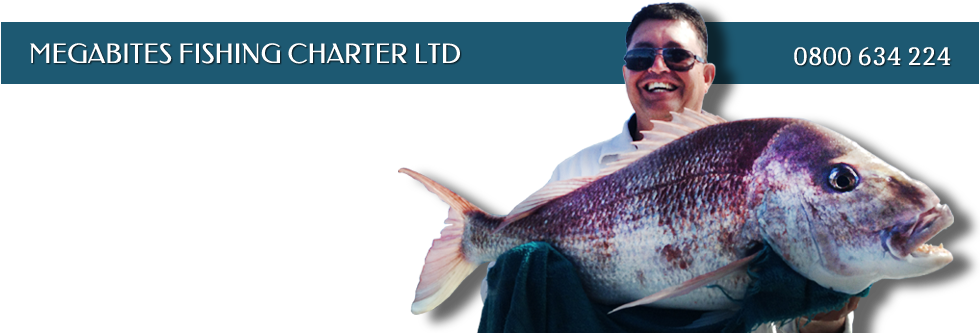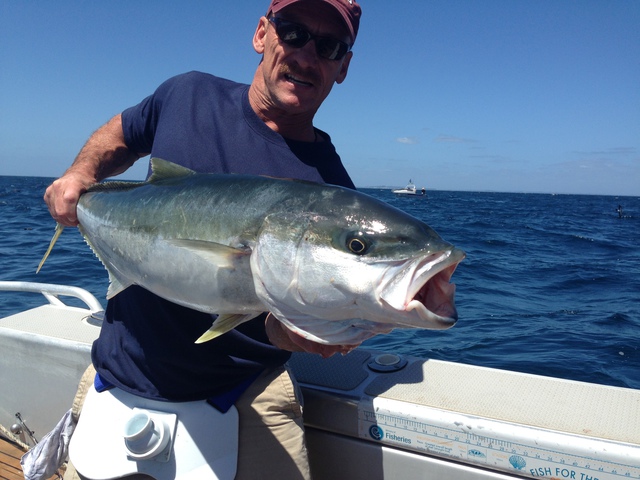Kingfish
Here are some facts about some of New Zealand's fish species and also some tips and tricks about where to target them and most suitable rigs to use.
Common Name:
Kingfish
Description:
The yellow tail Kingfish is one of the most ferocious and powerful fish that every fisherman dreams about landing. I have always respected the Kingfish for it power it generates when hooked. It is one fish which will test every muscle in your upper body especially your arms, shoulders and back. They can be recognised by their dark green skin, silvery white bellies and a golden stripe that runs laterally along the body. They are also easily recognized by the bright yellow fins “hence caqlled Yellowtail Kingfish” – Often they are just referred to a Kingis . Their smooth stream lined bodies and strong caudal fin gives the kingfish its speed and power. They can grow to more than a meter in length and to over 45 kgs in weight. The bigger kingfish can be identified with their fading colour while the younger fish have the distinctive green visible on their bodies.
The legal minimum size to keep a Kingfish is 75 centimetres and the daily bag limit is 3 kingfish per day in Auckland.
Feeding and Breeding Habits:
Kingfish prefer reef structures and rocky pins or pinnacles with a moderate current running and found abundantly in summer. They can be found in varying depths of water in the North Island of New Zealand. They generally move in schools by age and kingfish are commonly seen in shallow bays,harbours or esturies in summer where they hunt bait fish. The larger kingfish tend to become solitary and migrate less. Kingfish can be found in abundance up and close in the Hauraki Gulf and shallow reefs during summer when the water warms up. Kingfish chase huge bait balls in and around the coast. They particularly feed on small pelagic fish like piper, pilchards, anchovies, Trevally, koheru, Kahawai etc
Often when you see a work up in the Hauraki Gulf there will be some nice kingfish under it. A work up in fisherman’s terms is referred to a ball of bait fish being chased around by Dolphins, whales, kingfish , snapper etc from under the water while being smashed by gannets and birds from above. This is the way of natures food chain and fishing the work ups can be quite productive. Fishing the workups needs a bit of tact and common sense. Many boats run straight into the middle of the work up and disturb nature in action. The fish scatter and soon the work up is over. The best way is to observe which way the workup is moving and go ahead of the workup in the anticipated path and wait for a few minutes.
Kingfish like most other fish spawn in the open coast in Summer and then move on as juveniles. It takes over 20 years for a kingfish to reach its full size of about 45 kgs. It’s quite rare that kingfish this size would be caught. Often you would hook up between 12 to 25 kg fish and that would give you a good work out.
Rigs to target Kingfish:
Kingfish can be caught using a variety of rigs.
(1) Live baiting is the best in my experience. Get a live koheru (yellow tail) or any bait fish and hook it up to a meter of a leader live with the hook on the end (stray line). You would need a 6 oz sinker to get the rig to where the fish are holding.
(2) Poppers and jigs: This is another effective method, jigging using metallic jigs or casting surface poppers and the kingfish would go wild chasing them.
(3) Cut baits – Less often though, but they do go for half cut pilchards on a ledger hook.
Kingfish are very inquisitive fish and on a clear day you would find then chasing other fish that are hooked on and being brought in the boat. They are also extremely intelligent fish. Using very heavy leader lines can be a bit of a deterrent when targeting them.


